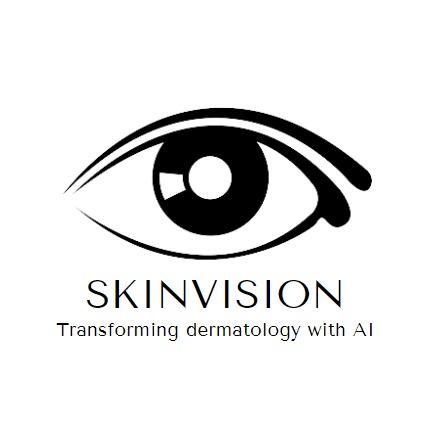SkinVision
Revolitionizing Dermatology with AI
The problem SkinVision solves
SkinVision is an innovative application designed to revolutionize dermatology by providing an efficient and accurate means of detecting skin diseases. The application is built using React Native as its primary source, along with a dataset and a robust database structure. SkinVision allows individuals to take a picture of their skin and run it through a diagnostic algorithm, which analyzes the image for potential diseases and offers actionable advice. The application's user-friendly interface allows individuals to access dermatological information without having to schedule an appointment with a doctor, which can be time-consuming and expensive. By using SkinVision, individuals can get immediate feedback on the health of their skin and receive treatment recommendations. This can be especially helpful for people who live in rural areas, where access to dermatologists can be limited.
The diagnostic algorithm used by SkinVision is based on a dataset that includes thousands of images of various skin diseases. The algorithm is continually refined and updated by a team of dermatologists and machine learning experts, ensuring that the application's accuracy and reliability are maintained. The use of machine learning and AI technologies allows SkinVision to provide accurate and efficient diagnoses, which can help save lives. The application's database structure is also essential to its success. It stores vast amounts of data, including user information, images of skin diseases, and treatment recommendations. This information can be used to help dermatologists develop new treatments, track disease trends, and identify high-risk populations.
Challenges we ran into
Creating a custom dataset for SkinVision, an application that uses machine learning to detect skin diseases, was undoubtedly a challenging task. The dataset needed to include a wide range of images of various skin conditions, each accurately labeled with the corresponding disease. To ensure the accuracy of the dataset, our team had to consult with dermatologists and rely on their expertise to identify and categorize the different skin diseases. We had to be meticulous in our labeling to ensure that the algorithm could recognize the patterns in the images that corresponded to each condition accurately.
In addition to the difficulty of creating the dataset, our team had to learn new skills and techniques to develop the application. We had to become proficient in using React Native, a cross-platform development framework, to create a user-friendly interface that could interact with the algorithm. We also had to learn about data analysis and data structures to develop the algorithm that could accurately diagnose skin diseases. This required extensive knowledge of machine learning techniques, including image recognition algorithms, which allowed us to identify the patterns in the images that corresponded to specific skin conditions.The project not only helped us develop our technical skills but also broadened our minds to the possibilities of using technology to improve healthcare outcomes. It allowed us to appreciate the critical role that technology can play in improving access to healthcare and providing innovative solutions to complex problems.
Tracks Applied (1)
